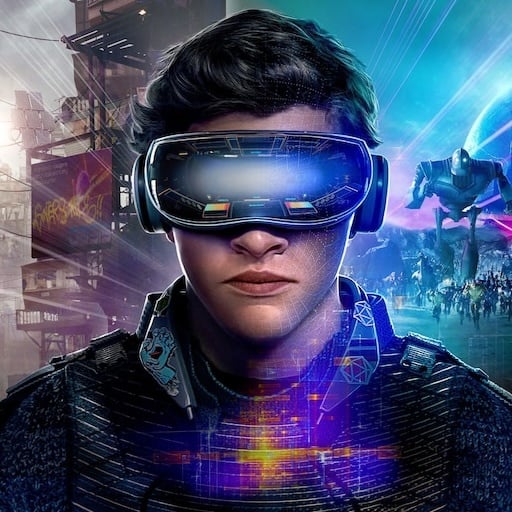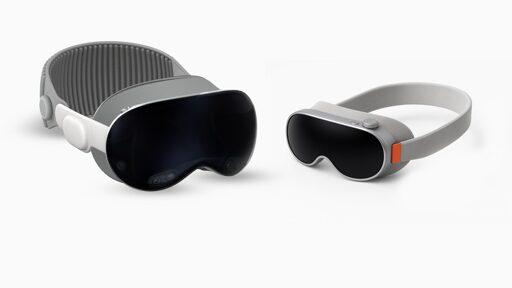Cutting it down to half the size would mean bringing it down around 310 grams; certainly not be easy but also not entirely unrealistic, especially if they stick to an off-board battery. After all, Bigscreen Beyond is around 180 grams. It might not be a standalone headset, but it shows how compact the housing, optics, and displays can be.
And half the cost would mean a price tag of roughly $1,750. Still not cheap compared to most headsets out there, but significantly more attainable, especially if Apple can market it as also being the best TV most people will have in their home.
This might seem obvious. Making any tech product smaller and cheaper is a good thing.
But my point here is that Vision Pro is disproportionately held back by its size and cost. It has way more to be gained by halving its size and cost than Quest, for instance, because Quest’s core UX is still very clunky.



I think the main thing holding Vision Pro back is its use case. People mainly seem to be using it for monitor replacement, something which I feel like the Xreal Air and Viture Pro have better figured out in terms of price point and form factor. On the VR/AR side of things, meta and Sony are killing them on software library and cost. It doesn’t leave much room for Apple.
The problem is that Vision Pro is awful at object recognition and tracking. Which are, y’know, the foundation of all meaningful AR use-cases. In theory it should have the raw power to do it, but something is very wrong somewhere because it just can’t do it.
Apple has a lot of work to do to create something people would really want to use. It will be interesting to see what direction they go.